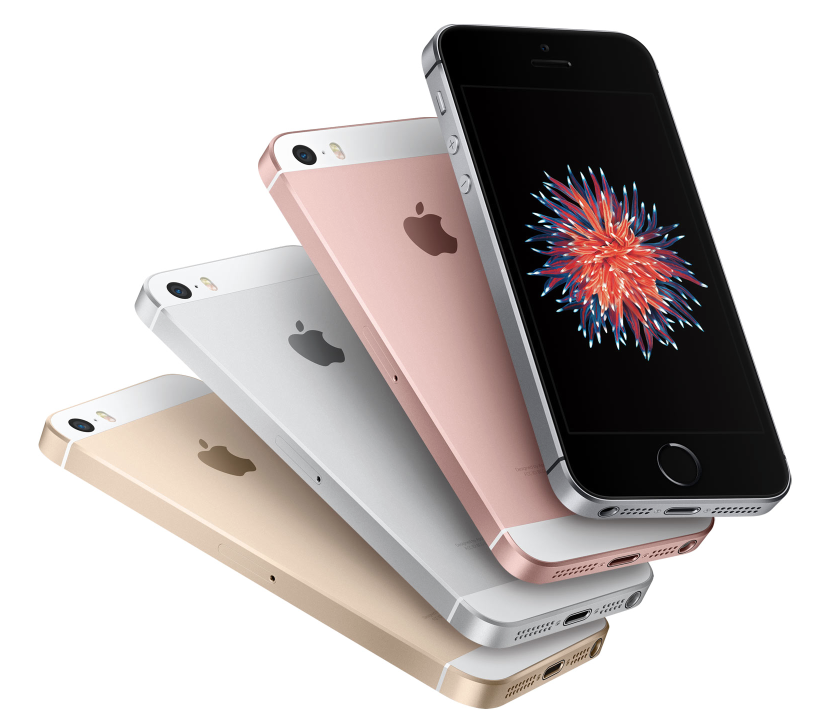Eric Kim has been on the minimalism kick for as long as I can remember. He now has it off to a fine art and is still pruning. Eric manages with just one camera and lens,a Leica MP and 35mm Summicron. This is an admirable trait that I find myself entirely unable to emulate. But it’s a good goal for anyone.
The launch of the iPhone for the masses, the new back-to-the-four-inch SE prompts him to reflect on the place of smartphones in 21st Century photography. Could Eric’s photographic life soon be even more minimal?
My God— I think we have finally arrived. Now I truly believe that (at least for most of the masses) we have access to all the digital tools we need as photographers.

First of all, I believe the iPhone 6s camera (now the iPhone SE camera) is more than sufficient for 99% of us photographers. 99% of us upload our photos to Instagram and social networks; where we see the images through a 4-6’’ screen. Unfortunately for most photographers printing photos is dead. So unless you plan on printing your photos super-big; a 12-megapixel camera is more than enough for you.
Secondly, you no longer “need” a laptop, desktop, or a ‘proper’ computing device. Your smartphone can do (almost anything) that your laptop/desktop can do. Especially for us photographers— we can use free tools like VSCO to edit/post-process our images.
Thirdly, our smartphones are also publishing devices. In the past, photographers had to print their images if they wanted their images to “exist” in the real world. Nowadays we can upload our photos immediately to social media networks; directly-message them to our friends, or view on our devices for our own enjoyment.
What is clear in my own mind is that both the iPhone and the iPad have dramatically changed photography. In the past buying a camera, even a cheap point and shoot, was a decision that meant you had in mind to make some photographs. Most people didn’t bother with cameras, even the cheapest variety.
All that changed with the iPhone (and other smartphones). Now everyone has a camera in their pocket or bag whether they need it or not. Everyone is a photographer. Even iPads, which some people seem to prefer as a photographic tool. It boils down to the fact that the phone is there, it is something that you have to carry around. A camera is just something else to take and that’s why fewer and fewer people are buying low-end devices.
Yet it is changing photography in a positive way. Millions of people are flattered (perhaps to deceive) by their iPhones and iPads into thinking that they can make superb photographs. Indeed, it is almost impossible to make a bad photograph (technically speaking that is) with an iPhone. It just works; it’s in the pocket and the results are good enough for what most people use them for these days—displaying on the screen of an iPhone or an iPad. Who bothers to print, even snapshots, any more?
So in a way Eric is right, although I do not think the new cheap iPhone SE is such a milestone when it comes to photography. But it is a significant introduction and helps make the point:
Now photography is truly democratized for the masses. And as technology jolts forward— smartphones (and cameras) will just keep getting cheaper, technology will be faster and more powerful, and access will become ubiquitous to everyone around the world.
I take issue with Eric on one aspect, though. While the electronics will get cheaper, thus reducing one part of the cost of photographic equipment, the science of optics will not tumble in price. If you want a professional lens on your cheaper camera you are still going to have to pay a lot for it.
But Eric does have a big point. Things are changing.


I am with Eric on the minimalist approach Mike… I tried a 35mm Summicron today, and I already have the Elmarit on the X-E, but having been shooting exclusively with a 50mm for the last year, I did not feel comfortable at all, I kept feeling that I needed to get closer, and then I felt like I was in the way…
As for the iPhone SE, I am tempted, but I have also seen (somewhere) the rumoured Leicaphone… the picture that I saw, had two lenses, a long one and a standard, which seems like a nice idea… The big problem of course, would be Android!
And then of course there is the just announced M3D!